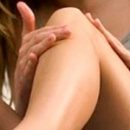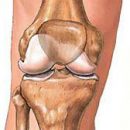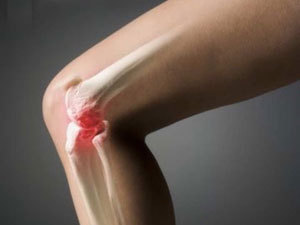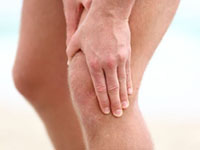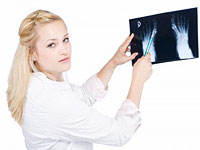What is perthes disease? What are the manifestations of this disease? How diagnostics is carried out? Answers to these questions you will find in the article.
Content
Pertes disease
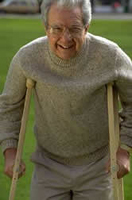 Perthes disease, osteochondropathy of the femoral head - a disease associated with blood supply disorders and the destruction of the head of the femoral bone. The disease flows for a long time and in 20-25% of children forms a pronounced deformation of the head of the femur, and subsequently develops deforming coxarthrosis. Treatment of formal medicine methods is to improve blood supply, ensuring peace of affected area of the bone.
Perthes disease, osteochondropathy of the femoral head - a disease associated with blood supply disorders and the destruction of the head of the femoral bone. The disease flows for a long time and in 20-25% of children forms a pronounced deformation of the head of the femur, and subsequently develops deforming coxarthrosis. Treatment of formal medicine methods is to improve blood supply, ensuring peace of affected area of the bone.
With a violation of the blood supply to the bone of the head of the femoral bone, which leads to partial necrosis (samples) of bone tissue. This process is already accompanied by pain and chromota, but on X-rays at this point may not yet be any changes.
In the future, dead bones are resorption. This leads to a change in the shape of the thigh head - it turns into the mushroom-shaped, compacts. Next, the head of the thigh is scarring, the process of necrosis has already ended and the bone stops sick. Despite this, the pain still remains, since now the cartilage of the joint is beginning to collapse - arthrosis develops. The stronger the shape of the hip head changed, the more pronounced arthrosis develops, the stronger the pain and chromota.
The process is more likely to be one-sided, less often - bilateral. The initial stages proceed asymptomatic. The first symptoms are insignificant pain in the hip joint and chromoty, sometimes the disease begins with pain in the knee joint.
Later, fatigue occurs when walking, pain in the joint, chromotype, atrophy of the berous muscles, restriction of rotary movements and leads in the hip joint, shortening the limb.
X-ray study. Depending on the stage of the disease, the head of the femoral bone may have a reduced dimensions, a flattened shape and osteoporous, fragmented or sclerized structure.
In the later dates, the head takes a mushroom shape. The neck is shortened, the cervic-diaphysicular corner decreases. The articular gap is expanded. Radioisotope scanning with 99mts reveals sections of circulatory disorders. MRI reveals necrosis or early stages.
The earliest symptoms of perthes disease are pain and chromotype. However, it should be borne in mind that a certain group of patients may be absent. Chromoty at the beginning of the disease can be the result of pain and contractures of the joint, and later - the result of the weakness of the berical muscles, the thigh submission. Muscle atrophy refers to the early and permanent symptoms of the disease. The main clinical symptoms of perthes disease are expressed as noticeer than at a later age it arises. A special place in the manifestation of perthes disease belongs to vegetative-vascular disorders, which are more pronounced with one-sided defeat. Clinically, they manifest the pallor of the foot, its cooling and increased sweating, a decrease in the pulse in the field of fingers, wrinkled skin of the plantar surface of the foot («leather lacker»). Very rare perthes disease begins acutely, severe pains appear in the hip joint, temperature rise, «Inflammatory» Blood shifts.

